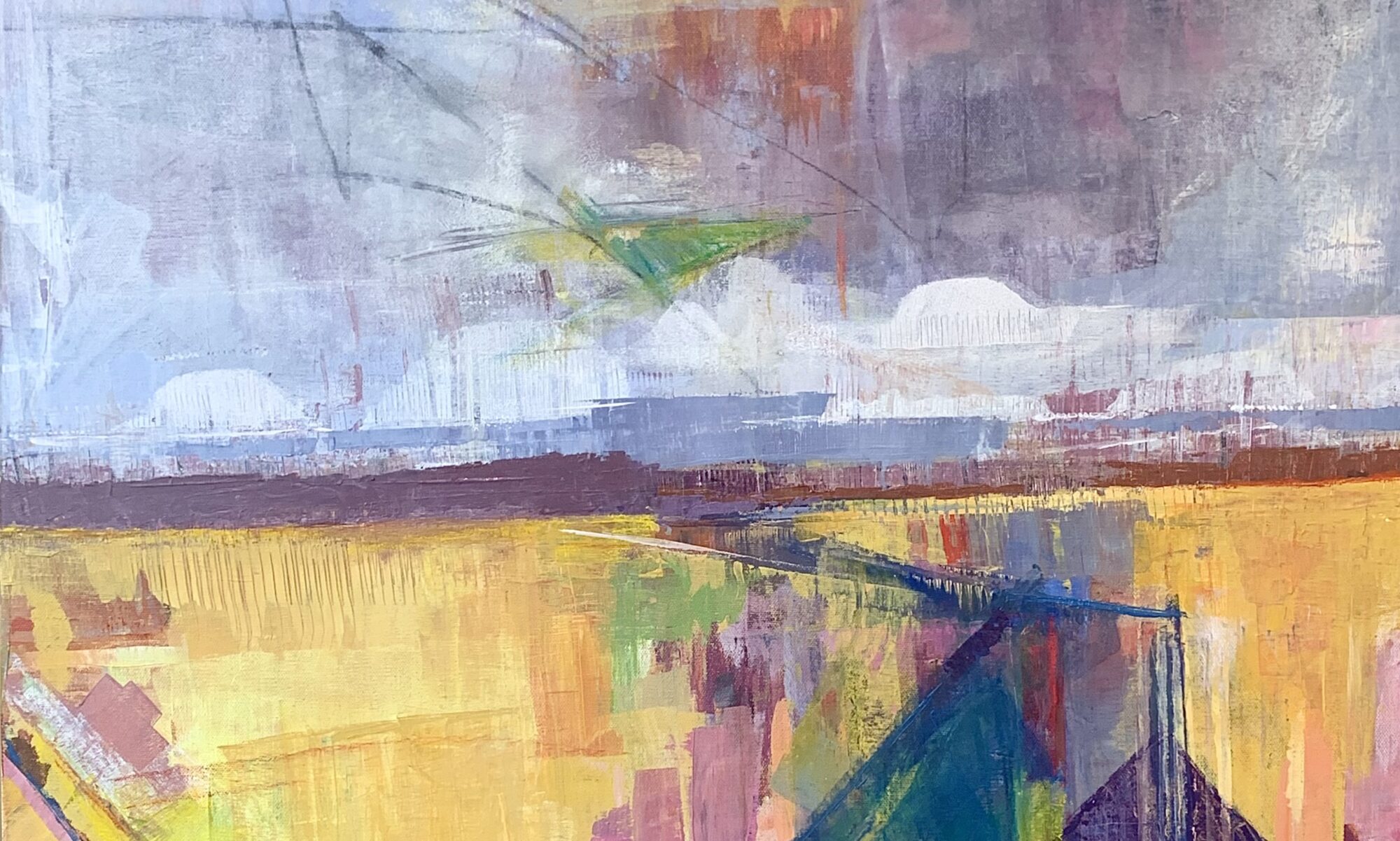I went to Chicago today to drop off “Leaning In” at the Morpho Gallery for a show. I took this opportunity to visit Chicago’s River North neighborhood and gallery hop a bit. The drive down there consisted of bumper to bumper traffic, severe storms, and hail. When I finally did arrive, I was able to view a half dozen or so galleries between downpours. The highlights of the day for my were the Ann Nathan Gallery and The Roy Boyd Gallery. The work at these two galleries in particular really drew me in. I usually don’t get a good vibe from the Ann Nathan Gallery, but Deborah Ebbers work is definitely up my alley so I had to investigate. Her colors and handling of surface are beautiful. I like the texture she is able to create for her trees. Also, I noticed, she paints around the branches similarly to the way I do in some works.
The Roy Boyd Gallery was a different kind of surprise. I wandered in by chance and was greeted very warmly (not in the usual stuffy gallery sort of way). The works were not something I would instantly be drawn to from a subject perspective, but these organic abstracts by Richard Gibbons were too rich to brush off. At first glance I thought they may be gimmicky, However, the rich surface, colors, and shimmering forms knocked me over. The thing I puzzled about, however, was the fact that most of these works were done on multiple panels, in some cases displayed with spacing and in other cases not. The choice of separate panels, and the placement of the edge felt intentional compositionally. However logically, in regards to the subject, it felt over complicated and unnecessary. None the less, I tried to envision the work as seamless, without the breaks, and somehow it lost power. I am utterly perplexed, and that is great. I highly recommend seeing these.

